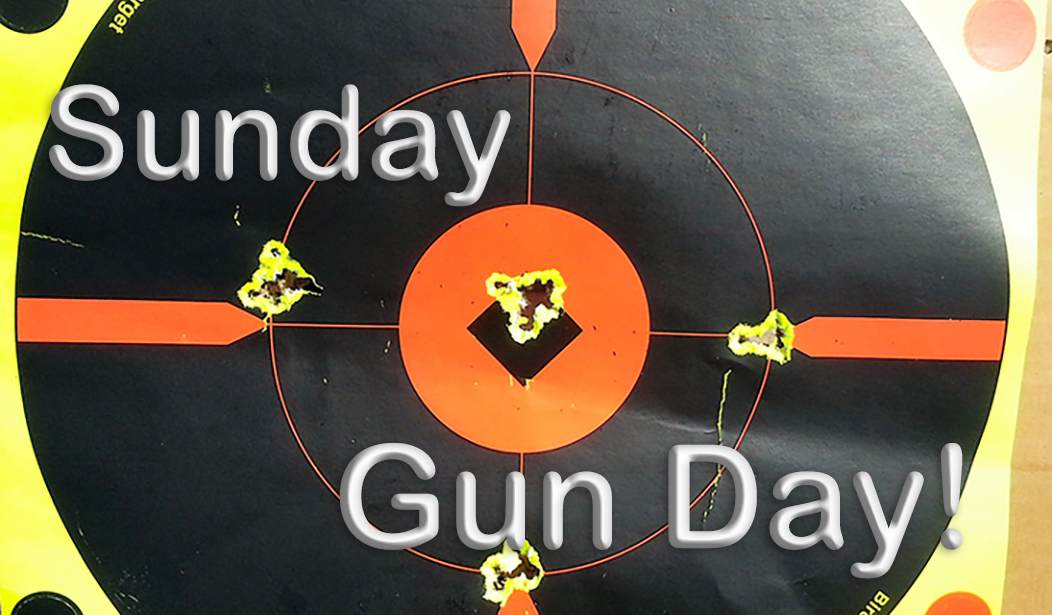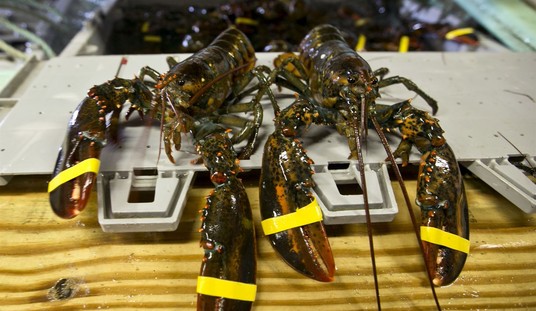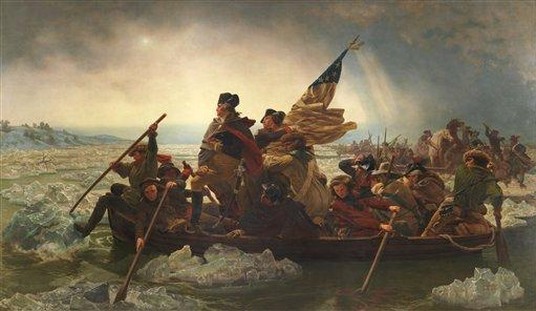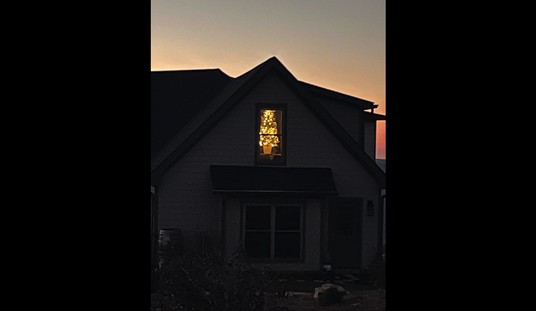This week, let’s again take a look not at a gun or a cartridge, but at a man who is best remembered for his use of both.
When I was just a little kid, whenever my Mom would take me to visit her parents, I always found some time to leaf through the big stack of outdoor magazines Grandpa kept in a cardboard box next to his favorite chair. One of the writers whose adventures I began to follow at every opportunity was a lean, weathered old man who chronicled many adventures in game fields all over.
His name was Jack O’Connor, and he’s still known as one of the great gun writers of the 20th century, a rifleman, shooter, hunter, proponent of the .270 Winchester cartridge, and who maintained a long-standing but cordial rivalry with one of his contemporaries, Elmer Keith. This is his story.
His Origins
Jack O’Connor was born in January 1902, in Nogales, Arizona – an area where I’ve been javelina hunting a few times. When Jack was very young (5), something happened that wasn’t very common in those times: his parents divorced. Jack’s maternal grandfather, James Woolf, helped raise young Jack, and it was from this grandfather that Jack developed his lifelong passion for hunting and the outdoors.
Until 1945, Jack taught English and journalism at the Sul Ross State Normal College, now Sul Ross University, in Alpine, Texas. In 1945, with World War 2 wrapping up, Jack left academia and turned to writing full-time – and in so doing, produced a body of work on hunting and the outdoors that still inspires gasps of admiration today. His life spanned from the last years of the Old West to the Space Age, and his writings were legion.
His Career
While Jack is best known for that outdoor work, that wasn’t the only thing he did to pay his bills. He also wrote romance stories for magazines, including Redbook, Mademoiselle, Cosmopolitan, Esquire, and even Reader’s Digest. That’s curious, but that’s not what you’re all interested in, right?
In his long writing career, spanning from 1945 to his death in 1978, Jack wrote over a thousand magazine articles dedicated to hunting and the outdoors. Some were technical, some serious, some semi-humorous; I’m fond of his short story, “Moose Are Too Big,” in which he describes being on a hunt in Alaska wherein someone convinced him to shoot a moose for camp meat, and the backbreaking chore it was to get that moose back to camp so it could be consumed by Jack’s hungry colleagues. I often paraphrase Jack’s saying from that article on why he preferred hunting quail: “…you can shoot a quail, put it in your pocket, and go find another.”
Jack’s listing of books is likewise impressive:
- Game in the Desert: 1939
- Hunting in the Rockies: 1947
- The Rifle Book: 1949
- The Big Game Rifle: 1952
- The Big Game Animals of North America: 1961
- Complete Book of Rifles and Shotguns: With a Seven-Lesson Rifle Course: 1961
- The Complete Book of Shooting: 1965
- The Shotgun Book: 1965
- The Art of Big Game Hunting in North America: 1967
- The Hunting Rifle: 1970
- Sheep and Sheep Hunting: 1974
Four more books bear Jack’s name, these being compilations of previous works:
- Jack O'Connor's Gun Book
- Hunting on Three Continents with Jack O'Connor Volume 1
- Hunting on Three Continents with Jack O'Connor Volume 2
- Classic O'Connor: 45 Worldwide Hunting Adventures
These are books that have passed the test of time. As I said last week about Jack’s colleague, Elmer Keith, everything Jack wrote is still worth reading today.
Read More: Sunday Gun Day Vol. III Ep. XII - The Father of the Modern Magnum, Elmer Keith
His Guns
Jack once wrote of his favorite rifle, a custom gun based on the pre-64 Winchester Model 70 action, in his favorite cartridge, the .270 Winchester. Jack, rather oddly, called it “#2.”
The wood is quite dense, flawlessly inletted, and rather plain. Biesen left the barrel intact (He turned down the standard-weight Model 70 barrels on which he worked.), tuned the trigger, replaced the loathsome aluminum floorplate with a steel one and converted the floorplate release to a straddle type. Checkering was 26 lpi, in his distinctive fleur-de-lis pattern, and the stock has an embossed grip cap and buttplate. For a scope, Biesen used a 4X Leupold Mountaineer mounted very low and very far forward in a Tilden mount.
Jack was also known to favor the Springfield and Mauser 98 actions. His last custom-made rifle, though, was a Ruger M77, set up by gunsmith Al Biesen, and chambered in the .280 Remington.
Read More: Sunday Gun Day Vol. II Ep. XXX - the 1903 Springfield Rifle
Throughout his career, Jack O’Connor maintained a rather distant and sometimes contentious relationship with the late Elmer Keith. Jack was a big proponent of the .270, while Keith favored larger-caliber rounds; the Keith method was to toss a large, heavy, major-caliber bullet at moderate velocities. He followed this method in handguns and rifles alike, while Jack favored smaller-caliber pills launched at high velocities. Accounts vary; some maintain the men were polite and professional to one another despite these disagreements, while others claim that they cordially detested one another. It’s hard to see how or why this matters now; both men are legends in the gun world, for reasons of their own, and there’s an end to it.
Jack’s favorite quarry was wild sheep, and he had two Grand Slams of North American sheep species. Jack also hunted wild sheep in other countries, including Iran and Turkey.
He also hunted deer and elk, and loved to hunt birds, most notably quail.
His Legacy
Jack is gone now, and has been since I was a junior in high school; I still remember reading of his passing with sorrow. But now, today, you can go to the Jack O’Connor Hunting Heritage and Education Center in Hells Gate State Park, near Lewiston, Idaho. You can see many of Jack’s trophies, and even some of his guns, including his favorite .270.
Jack was a singular man. He hunted all over the globe, a feat not really possible today, not the least of which reason is the increasing unrest in many of the places Jack hunted, like Iran. But we can still experience Jack’s hunts through his work, and that’s worth doing.














